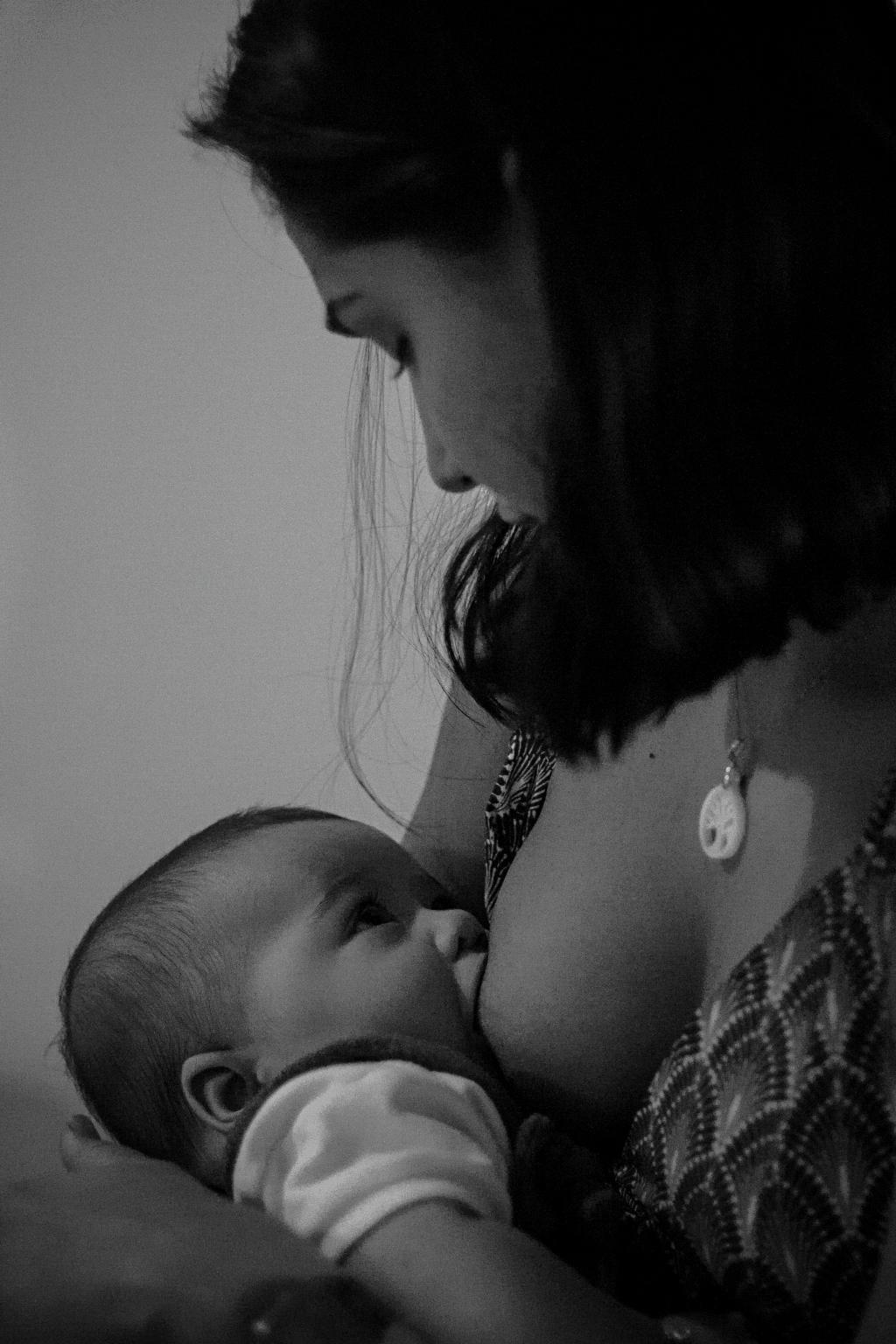When it comes to the question of what happens if you breastfeed while sleeping, the potential risks must be carefully considered. One significant risk that has been highlighted in research is the possibility of accidental asphyxia. This rare but possible outcome can occur when mothers fall asleep in bed with their infants while breastfeeding.
The Dangers of Fatigue and Sedation
Nursing mothers need to be made aware of the potential dangers associated with fatigue and sedation when breastfeeding while sleeping. Fatigue can impair a mother’s ability to stay alert and responsive to her baby’s needs, increasing the risk of accidents or potentially dangerous situations.
Creating a Safe Sleeping Environment
To minimize the risks associated with breastfeeding while sleeping, it is essential to create a safe sleeping environment for both the mother and the baby. This includes following safe sleep practices such as placing the baby on a firm mattress in a crib, bassinet, or co-sleeper next to the parent’s bed.
Importance of Baby Monitoring
It is crucial for mothers to remain vigilant and attentive when breastfeeding, especially while in a sleepy state. Regularly monitoring the baby during feeding sessions can help prevent accidents and ensure the infant’s safety.
Understanding the Breastfeeding Position
The position in which a mother breastfeeds her baby while sleeping can also impact safety. Avoiding positions that increase the risk of accidental suffocation or obstruction of the baby’s airway is paramount.
Seeking Support and Assistance
Mothers who find themselves struggling with fatigue or sleepiness during breastfeeding should not hesitate to seek support and assistance from partners, family members, or healthcare professionals. It is important to prioritize both maternal and infant safety.
Benefits of Co-Sleeping Safely
For some families, co-sleeping in a safe and controlled manner can provide benefits such as increased bonding and easier breastfeeding at night. However, following recommended guidelines for safe co-sleeping practices is crucial.
Exploring Alternatives for Nighttime Feedings
If breastfeeding while sleeping poses too many risks or challenges, exploring alternative feeding methods for nighttime such as pumping breast milk or offering a bottle may be worth considering. It is important to do what works best for both the mother and the baby.
Keeping Communication Open
Effective communication between partners can help ensure that both parents are on the same page when it comes to nighttime feedings and caregiving responsibilities. Sharing concerns and discussing strategies for safe infant care is key.
Ensuring Maternal Well-Being
Mothers must prioritize their own well-being, including getting adequate rest and support, to be able to care for their babies effectively. Seeking help when needed and not hesitating to ask for assistance can contribute to a positive breastfeeding experience.
Final Thoughts on Breastfeeding While Sleeping
While breastfeeding while sleeping can present risks, being informed about safe practices, staying attentive during feeding sessions, and seeking support when needed can help mitigate potential dangers. Ultimately, the well-being and safety of both the mother and the baby should always be the top priority.
Conclusion
In conclusion, understanding the potential risks and taking appropriate measures to ensure safety can help mothers navigate the complexities of breastfeeding while sleeping. By prioritizing safe sleep practices, seeking assistance when necessary, and communicating openly with partners, mothers can promote a positive breastfeeding experience for both themselves and their infants.

